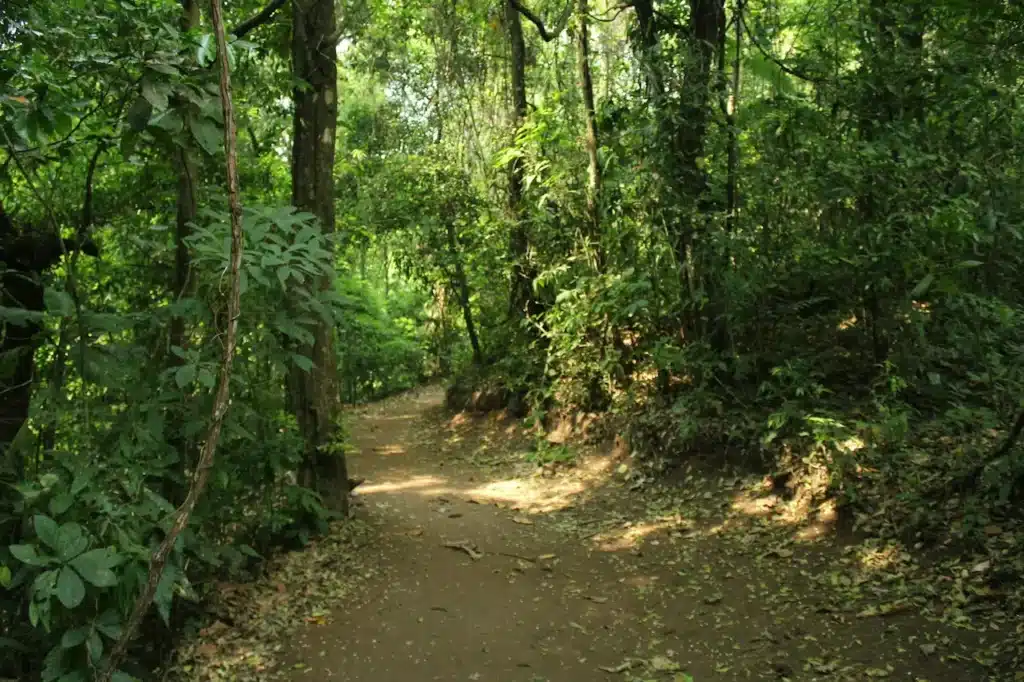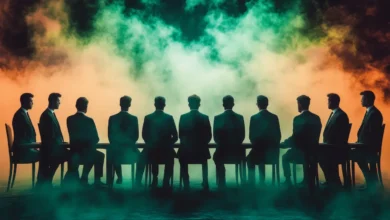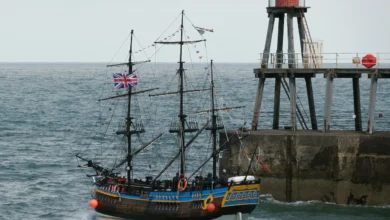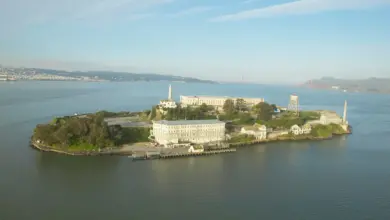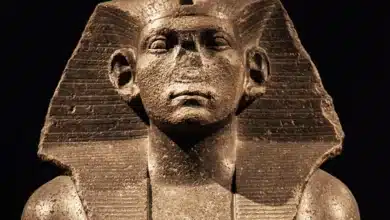History is usually confined to books, museums, or lecture rooms. Hannibal’s Trail is a journey across continents, fueled by ancient war and modern curiosity. This BBC documentary follows three Australian brothers, Sam, Ben, and Danny Wood, as they cycle along the path of one of history’s most famous military tacticians, Hannibal of Carthage.
Their adventure is not just about military history, but also about human endurance, brotherly ties, and cultural connections. This is a fascinating blend of travel document and historical reenactment that shows us how to understand the past; you have to ride into it.
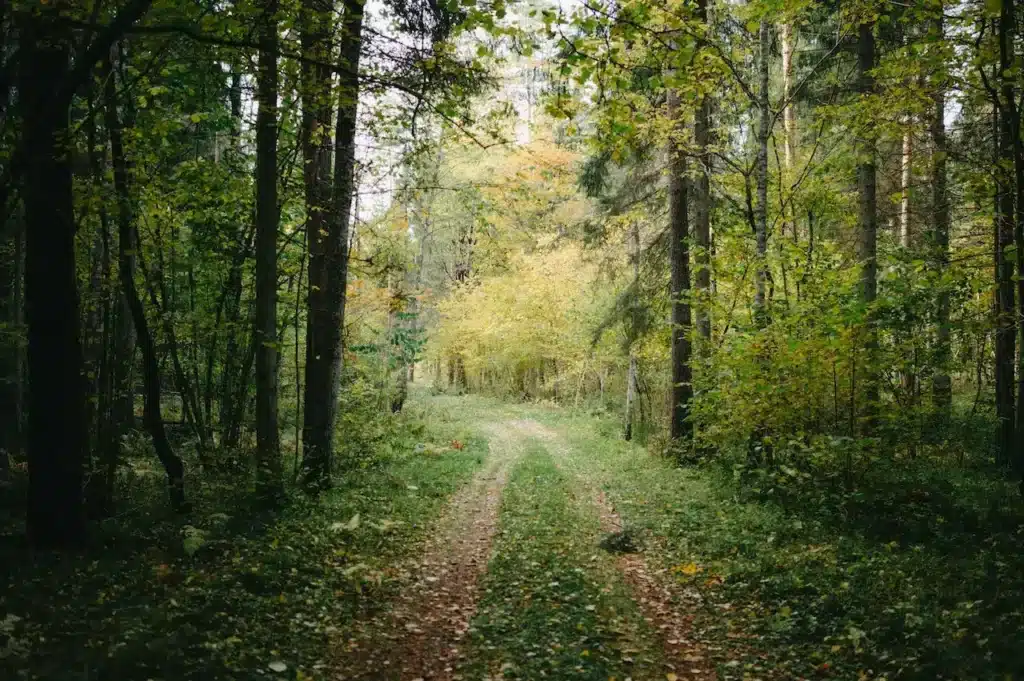
The Saddle: On The Hannibals Trail
Hannibal Barca, in 218 BC, marched an entire army–including war-elephants–from Spain across the Alps into Italy to take on the Roman Republic. This audacious feat of military might has been echoed throughout history for more than 2,000 years.
The Wood brothers decided to retrace the route, but this time with bicycles rather than swords. They cycle over 2,000 miles from Cartagena, Spain, to Carthage, Tunisia, today, passing through deserts, snowy peaks, and ancient battlefields. The journey is a journey of discovery, not only of archaeological remains but also of strategy, survival, and the legacy left by the empire.
This series is unique because of its approach. It’s part academic and part backpacker. Sam, an archaeologist who specialises in history, provides historical context. Ben, a software engineer, is responsible for logistics and maps. Danny, a reporter, brings charm and humour to the story. The different personalities of the three characters, as well as the ups and downs that come with cycling a route so arduous, make for an engaging story.
Episode Breakdown – A Ride Through Time
The six episodes of the series trace a different chapter in Hannibal’s campaign, and their respective ride.
1. Hit the Road
The journey starts in Cartagena in Spain, Hannibal’s base. The brothers ride along the coast through palm groves, beach towns, and eventually reach Sagunto, the city whose siege started the Second Punic War. They meet locals and learn about elephant care along the way.
2. Barca! Barca! Barca!
This episode, named after Hannibal’s family – the Barcids – takes the brothers to the coast of Catalonia. The brothers explore ancient ruins and engage in modern Spanish culture as they prepare for physical and mental challenges. The terrain begins to get steeper, a sign of the more difficult terrain that lies ahead.
3. Crossing the Rhone
The brothers’ first obstacle in southern France is crossing the Rhone River. Hannibal and his forces faced a daunting challenge, with elephants and supply trains. They navigate through Provencal villages and Roman relics while tracing the military innovations of the Carthaginians.
4. Over the Alps
This is by far the most difficult and dramatic leg of the trip. Hannibal’s Alpine crossing is one of the greatest tactical feats in history. They take on the different routes that historians have debated, and they are all punishing. The brothers push through the snow, freezing temperatures, and exhaustion, dragging their bikes when the path becomes too steep. This is the emotional and physical climax to the series.
5. Hannibal The Great
The brothers are now in Italy and ride across the plains of Italy where Hannibal won his most famous battles: the Battles of Trebia, Trasimene, and Cannae. The brothers reflect on Hannibal’s brilliant battlefield tactics that are still taught in military academies to this day. As they reflect on the human costs of war and the disappearance of empires, the journey becomes even more reflective.
6. Hannibal and the Gates
The journey concludes in the same place where Hannibal started, which is modern-day Tunisia. The brothers explore the ruins, reflect on Hannibal’s fall, and consider the rise of Rome. The brothers have followed the generals’ footsteps – and bike tracks – all the way to ancient history.
Why it Works: History without the Homework
on Hannibal’s Trail is unique in its accessibility. The Wood brothers don’t stand stiffly before green screens reciting dates. They’re on dusty roads, in crowded markets, and in ancient ruins. The Wood brothers are experiencing the journey, breathing the same air and fighting fatigue in real-time.
The documentary has a feeling of immersion and immediacy that is often missing in traditional documentaries. The pace is like an adventure, slow when it’s time to reflect and fast when the adrenaline kicks. Blisters, bike repairs, and unexpected encounters with people are all part of the adventure. The journey is real, chaotic, and human.
It is also symbolic to use the bicycle for exploration. The bike is physically challenging, but it allows the riders to feel the terrain intimately. This would not be possible in a bus or a car. It’s an excellent metaphor for the way history should be experienced – slowly, thoughtfully, and with sweat.
A Lesson in Strategy and Endurance
Hannibal’s Trail
It is more than just a family comedy. It teaches us leadership, courage, and resilience. Hannibal made all of his decisions, whether brilliant or disastrous, under intense pressure. He faced enemy territory and unknown lands. He took unimaginable risks.
The brothers begin to see the human side of Hannibal as they struggle up mountains and nurse their sore muscles. The documentary does not glorify war, but instead honours the courage, ambition, and tragedy of Hannibal, one of Antiquity’s most mysterious figures.
The Sibling Dynamics
The brotherly relationship is at the heart of this series. Sam, Be,n, and Danny argue, laugh, tease, and support one another through each leg of the journey. This is not only a journey of history, but also a personal journey. They sometimes split up to take on different challenges, but always come back stronger.
Their interactions give the story a sense of reality and relatability. The viewers are invited to a family journey, not just a documentary. It shows us that history is not just about battles and emperors, but also about relationships and shared experiences.
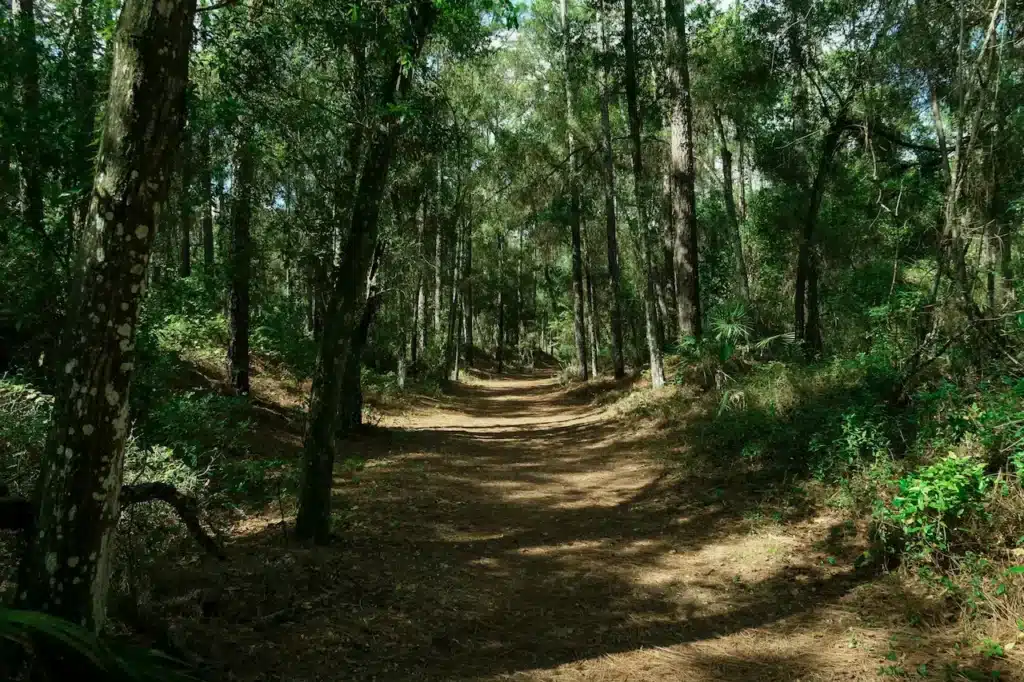
Enduring Effect
Since its premiere, On Hannibal’s Trail has found new life in international networks. It introduced a broader audience to classical historical periods and inspired historians, educators, and travel enthusiasts. It demonstrates that historical storytelling is engaging, active, and personal.
It’s a great resource for classrooms. It offers lessons in ancient history, geography, and military strategy. Even interpersonal communication is covered. It’s a great reminder to viewers that the past doesn’t have to be dead.
A Journey Worth Repeating
Hannibal’s Trail doesn’t just involve crossing countries or reading ancient texts; it’s also about connecting. Between the past and the present. Between brothers. Between history and viewers.
This is proof that the best way to honour an event is to relive it. This series is a must-watch for anyone who loves history, adventure, or just a good travelogue. You’ll learn more about Hannibal’s journey than just the route.
You might be inspired to follow your path, wherever history leads you.
